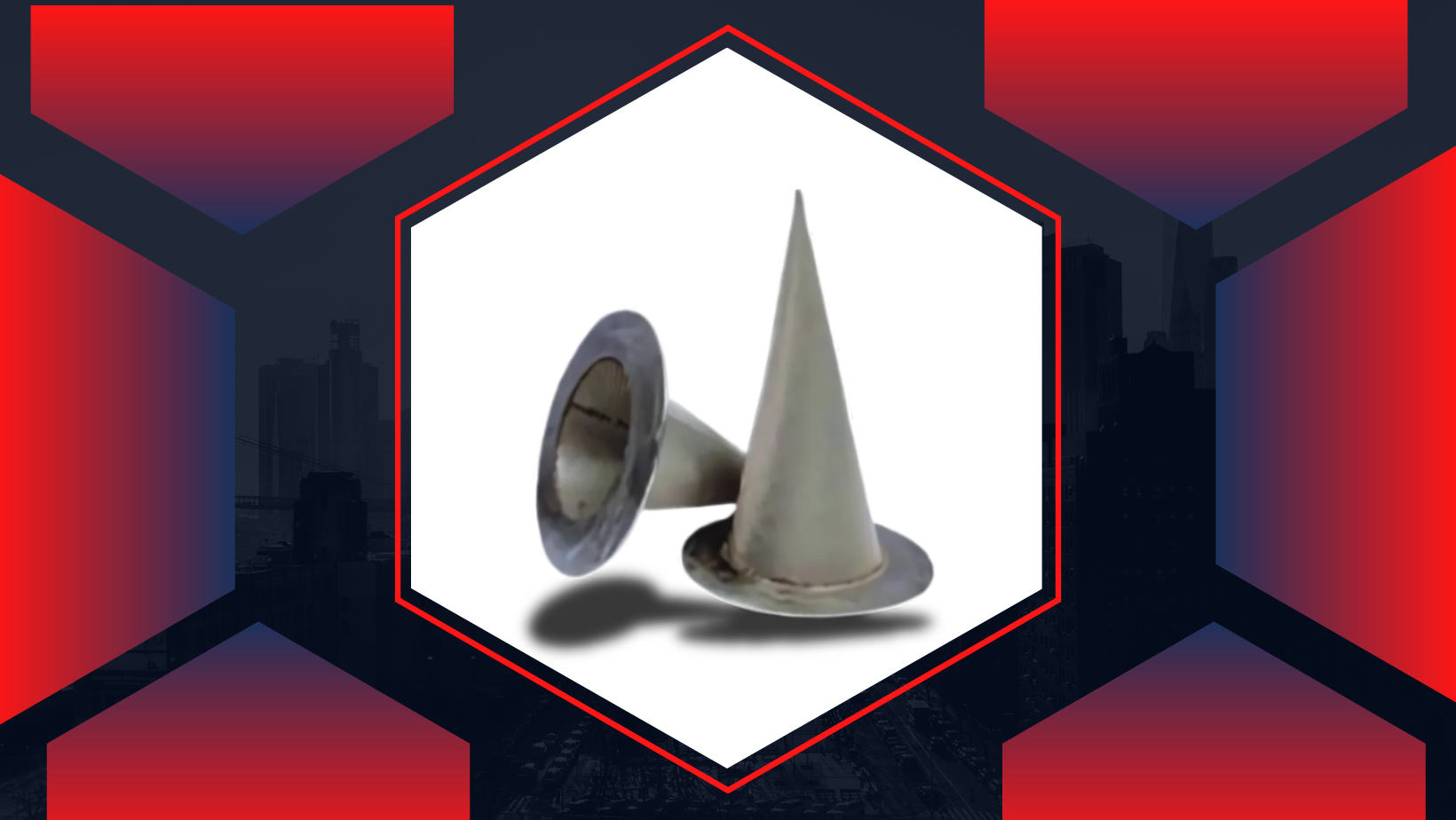Product 2
A damper is a device used in various systems to control the flow of air or gas. It can be found in HVAC systems, ventilation systems, and even in industrial applications. Here’s a detailed explanation, Expantion Joint Manufacturer:
Function
- Airflow Control: Dampers regulate the amount of air that passes through a duct or system. By adjusting the position of the damper, you can increase or decrease airflow as needed.
- Temperature Regulation: In HVAC systems, dampers help maintain desired temperatures by controlling airflow to different areas of a building.
- Pressure Management: They assist in balancing pressure within a system, ensuring efficient operation.
Types of Dampers
- Manual Dampers: These are operated by hand, allowing users to adjust airflow as needed.
- Automatic Dampers: These are controlled by a motor and can adjust airflow based on temperature, pressure, or other system parameters.
- Butterfly Dampers: These have a rotating disc that opens or closes to control airflow.
- Louver Dampers: These consist of slats that can be adjusted to regulate airflow while preventing backdrafts.
Applications
- HVAC Systems: Used to control airflow to different rooms or zones, improving comfort and energy efficiency.
- Industrial Processes: Help manage the flow of exhaust gases or air in manufacturing settings.
- Smoke Control Systems: Used in buildings to manage smoke and air movement during a fire.
Importance
- Energy Efficiency: Proper use of dampers can lead to significant energy savings by optimizing airflow.
- Comfort: They help maintain consistent temperatures in different areas of a building.
- System Longevity: By managing airflow and pressure, dampers can extend the life of HVAC and other systems.
In summary, dampers are essential components in various systems, playing a critical role in airflow regulation, temperature control, and overall system efficiency.




















